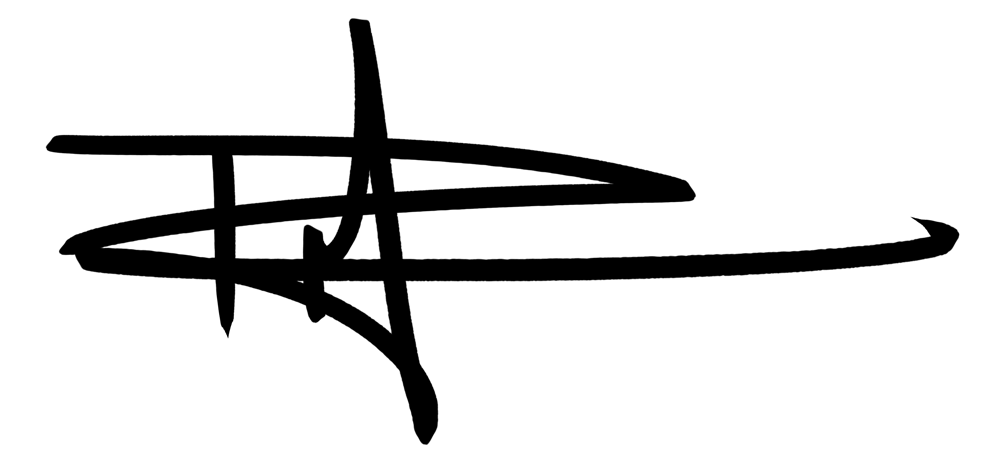I’m issuing a challenge. To myself.
It can be difficult for a busy person to draw everyday, but if one wants to get better, one should do it. I’m no exception. And there are many things I need to improve upon. Remembering standard architectural details of a building’s facade; a person’s posture during a certain mood; how a muscle flexes during a certain action. I could go on, but I won’t. I don’t need to divulge all my flaws.
So, I hereby inflict… I mean, offer… unto myself a 30-day Memory Drawing Challenge.
Here are the rules, with a few brief explanation as to why I have these rules:
- Look at a picture for 1 minute.
- Put away the picture. Draw it from memory within 10 minutes.
- No pencils. I’ll only use a pen.
- When done, compare and take note of missed essentials and major differences.
- Post the sketch next to the original drawing to the World Wide Web (OPTIONAL).
I could look at the picture for 10 minutes. Or 5. Or even 2. But I don’t want my brain to get bored, tired, and/or distracted. 1 minute of focusing on the image will hopefully ensure my brain doesn’t go sleepy, rendering the exercise useless.
I also want to see if forcing myself to observe and memorize as much as possible within an extremely limited time will help my memory skills. Like how forcing yourself to peel a potato really fast should force you to learn how to do it well really fast.
I’m going use pictures without reference lines and dots, such as those found on the Studio Rousar site, which is dedicated to memory drawing. I would rather use a focal object within the picture as a reference for the objects around it, and those surrounding objects as reference points for the objects around them. I think this is a useful way to gauge how objects in a picture are composed in relation to each other. For example, being able to gauge the height of a sailboat’s mast compared to the lighthouse’s height in the background, and using the relationship of the lighthouse and mast to figure out the height of the mountain in the far background. Observing their spatial relationships should give me insight as to how they’re composed on the page.
Forcing myself to immediately do a memory drawing in 10 minutes will force me to draw quickly while the information is still fresh in my head. It will help me not to be distracted and to focus on the task at hand. Plus, it means the entire exercise should only take a little over 11 minutes (with transition time), which is great for fitting the exercise into whatever limited drawing time I have.
Using only a pen will help avoid wasting time by erasing, and it will enforce the concept of committing – being sure of what I’m putting down on paper. I have always found sketching directly in ink to be a good exercise in being confident when drawing.
This should be self-explanatory. But, it’s important. Taking note – mental, written, or otherwise – of what was successful and not successful will help me to figure out what to focus on next time. The goal is to take stock of all the essential elements that comprise the essence of the picture, then worry about the details.
Okay, this one I’m leaving as optional because there’s a very good chance these sketches will be really, really bad. I don’t need to flood my Instagram/Facebook/Twitter/Tumblr accounts with my bad stuff. But maybe at the end of the challenge I’ll post a collage of every day’s attempt so that I (and everyone else on the Internet) can look at the progress in one go. Let’s see how things go.
My self-inflicted… damn, I keep using that word… imposed… My self-imposed 30-Day Memory Drawing Challenge starts tonight and end on August 9, 2015.
